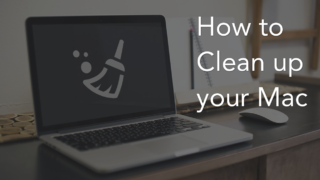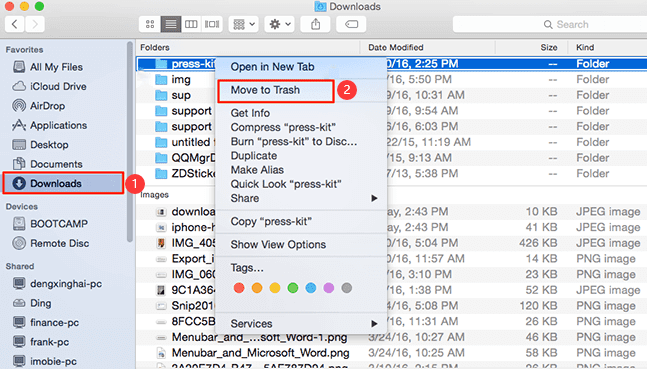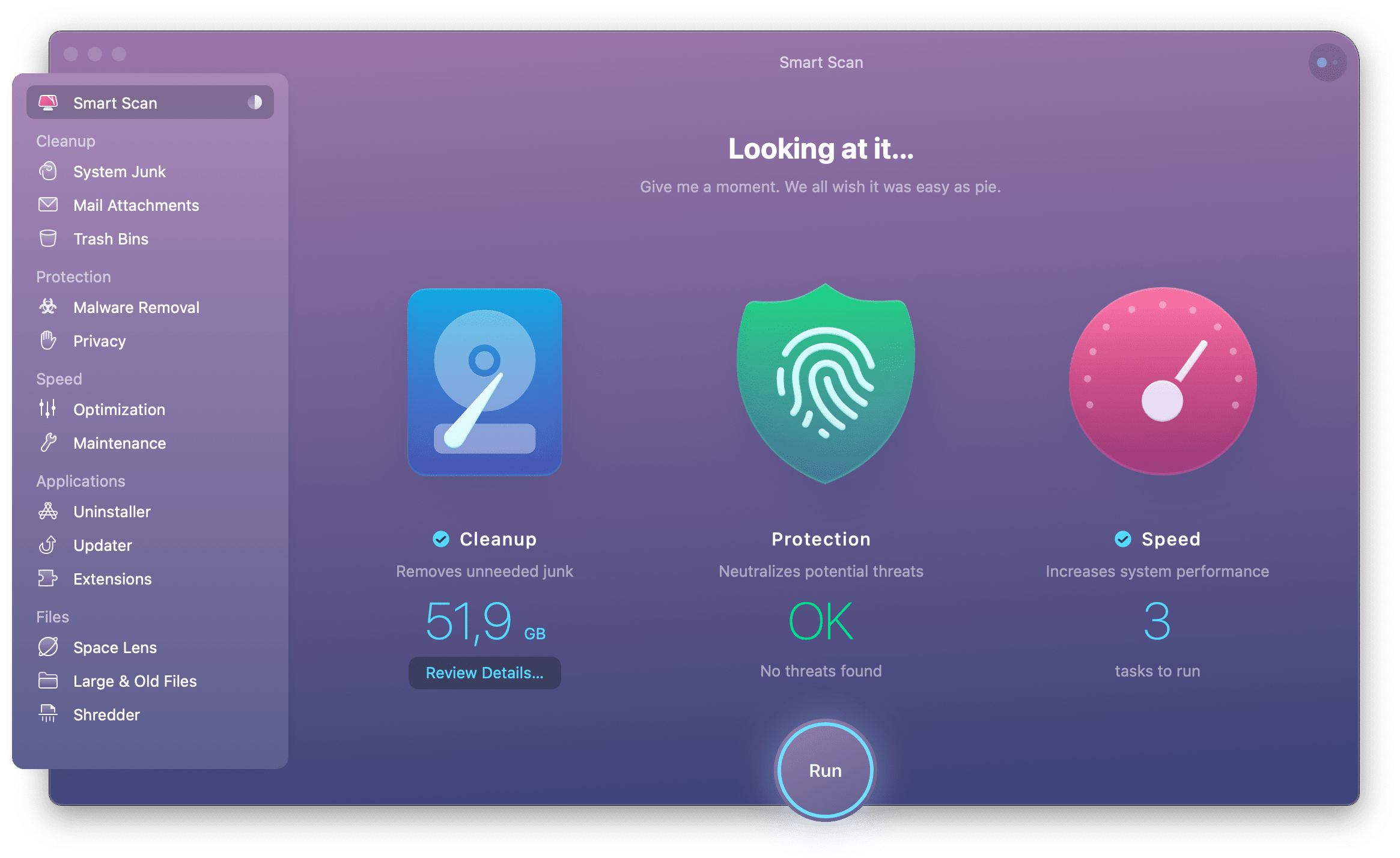


Your Mac performance will deteriorate and you will notice it work slower.There will be no space left to save future files.Having your starting disk so full can lead to some inconvenient situations like: However, it will still notice you again and again. This problem is quite common but it does not end on your Mac unless you make some cleaning.Ġ3 What happen if you ignore "Your Disk Is Almost Full" alert? You need to take action and start removing files from your main disk to fix this. This error will show up when your disk is more than 85% full. You will get this message as a warning to let you know there is left little free space on your main disk. You can add an external hard drive to keep more app and information, but mostly all the users keep just the startup disk alone. Your machine needs all this information to start up and it is the main disk drive. It contains your operating system and all the apps you have installed on Mac. In Mac, the Startup disk is a hard drive. What is the Meaning of "Your Disk is Almost Full"? 01 What is Startup Disk? FAQ: Common Questions about Mac Storage.Bonus Tip: Prevent "Your Disk is Almost Full" Situation.10 Free Way to Clear Storage on Your Mac.

What is the Meaning of "Your Disk is almost full"?.Then expand them when you need to use them again.ĭid you empty the Trash? When you move a file to the Trash, its storage space doesn't become available until you empty the Trash.We can solve "Mac Startup Disk Full" problem with methods shown below: If you don't want to delete certain files, you might be able to save space by compressing them. Check the Users folder on Macintosh HD for any shared files that you no longer need to share.If your Mac is set up for multiple users, delete users that no longer need access to your Mac. Or ask them to follow the steps in this article after logging in to their user account. Also check the Users folder on Macintosh HD for any undeleted data belonging to deleted users.If you use your Mac to back up your iPhone or iPad, you can delete old backups.Also choose Mailbox > Erase Deleted Items. If you use the Mail app for your email, choose Mailbox > Erase Junk Mail from the menu bar in Mail.Delete files in your Downloads folder. Open this folder from the Dock, or by choosing Go > Downloads from the menu bar in the Finder.Delete music, movies, podcasts, or other media, especially if it's media that you can stream or download again as needed.You can also delete files that you no longer need. If you have another storage device, such as an external drive connected to your Mac, you can move files to that device. Media files such as photos and videos can use a lot of storage space, so you can take steps such as these:


 0 kommentar(er)
0 kommentar(er)
